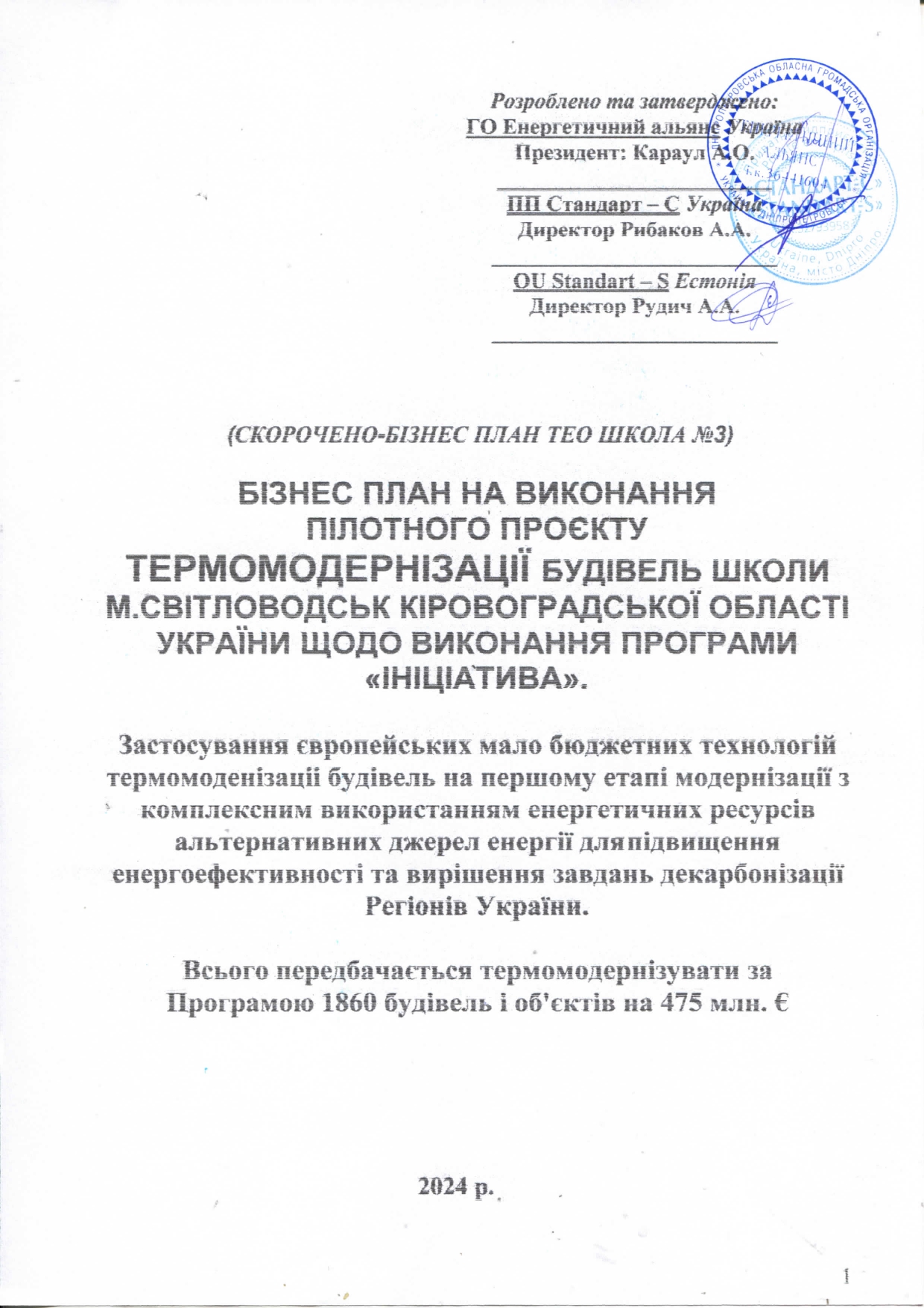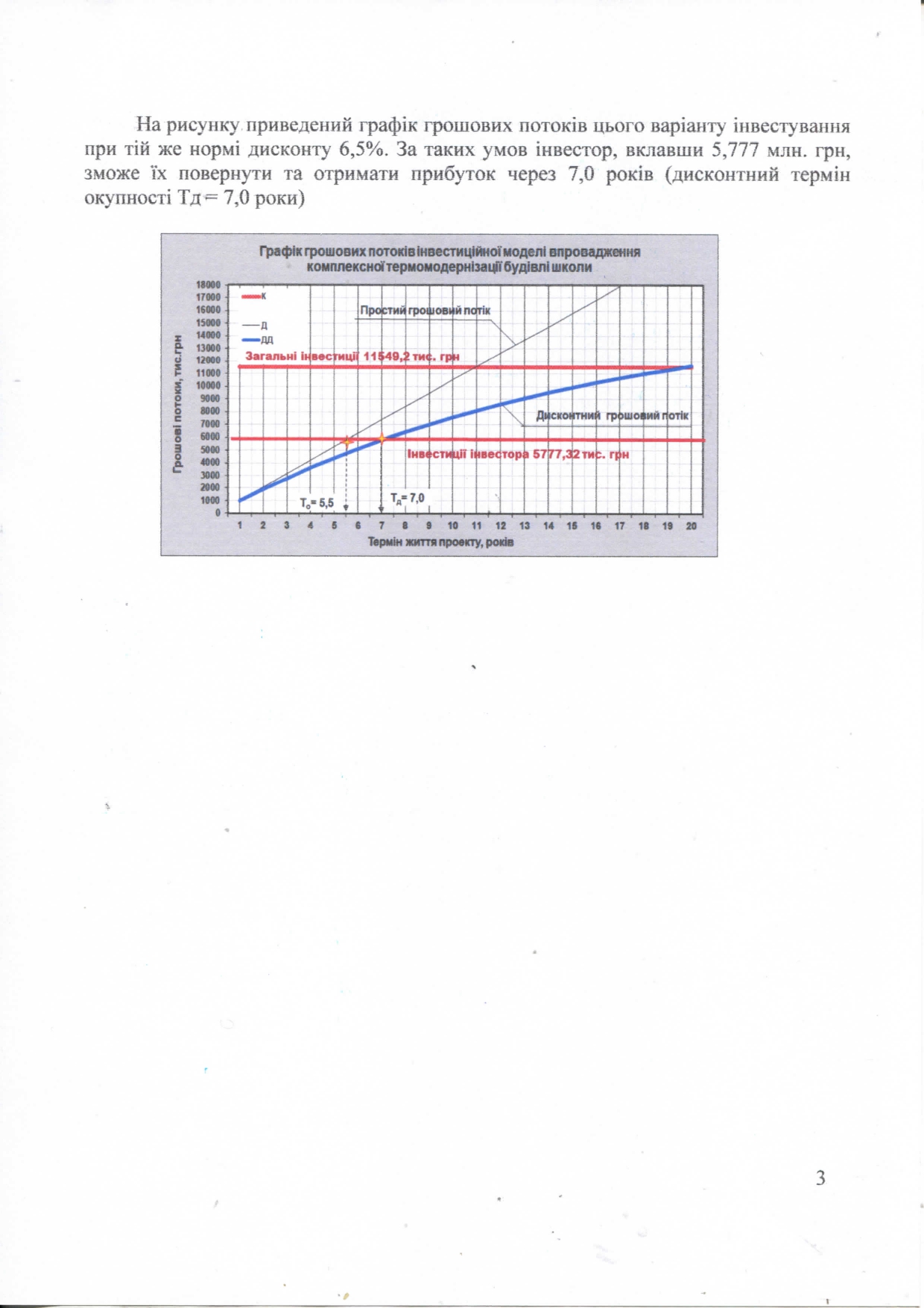Analytical problem solving for Passive House Planning.
The principle of “Current Engagement” for Joint Ventures.
Joint ventures created under the “Initiative” program for assembling equipment from imported components. The assembled equipment will be installed in thermal modernization projects.
In the process of gaining work experience, imported components are replaced with those manufactured in Ukraine.
Factors contributing to this process:
– Companies have guaranteed orders at the initial stage of work to address the tasks set in the Program;
– Part of the enterprise must operate under Tolling agreements – profits are used for the development of the enterprise and the transition to the production of domestic products;
– Enterprises receive technologies for manufacturing equipment that will be produced by the enterprise for free.
– No additional engineering costs for organizing domestic equipment production to address Program tasks. Companies receive a stable economic and technological base for product output and for other projects.
– Possibility of tax benefits and no customs duties on supplies of components to Joint Ventures.
Reasons:
– The “Initiative” program is national and will have investments of more than 300 million euros.
Laws of Ukraine providing such preferences:
– Law of Ukraine on Amendments to Section XX “Transitional Provisions” of the Tax Code of Ukraine Regarding the Features of Taxation of Business Entities Implementing Investment Projects with Significant Investments No. 3761 dated 01.07.2020
– Law of Ukraine on Amendments to Section XXI “Final and Transitional Provisions” of the Customs Code of Ukraine No. 3762 dated 01.07.2020
– Law of Ukraine “On State Support for Investment Projects with Significant Investments” No. 3760 dated 17.12.2020.
PLANNING OF PASSIVE CONSTRUCTION
The Passive House Planning Package PHPP is a computer program developed in 1998 by the Passive House Institute (PHI) (director Prof. Dr. Wolfgang Feist) for the design of passive houses and the verification of energy balances of buildings. Based mostly on European norms and standards, the PHPP program uses numerous verified and approved calculations to determine the energy demand for heating/cooling, primary energy consumption, heating/cooling loads of the building, the building’s tendency to overheat in summer, and many other important calculations.
Although the PHPP program was specifically developed for planning passive houses, this tool can also be used for designing and calculating energy balances and energy efficiency of other buildings, energy modernization of old buildings, as well as for modeling and calculating energy balances during modernization of historic buildings. The new version 9 of the PHPP program allows for the development of general plans for the reconstruction/thermal modernization of old buildings, calculating and comparing various project options, calculating their energy efficiency and profitability.




